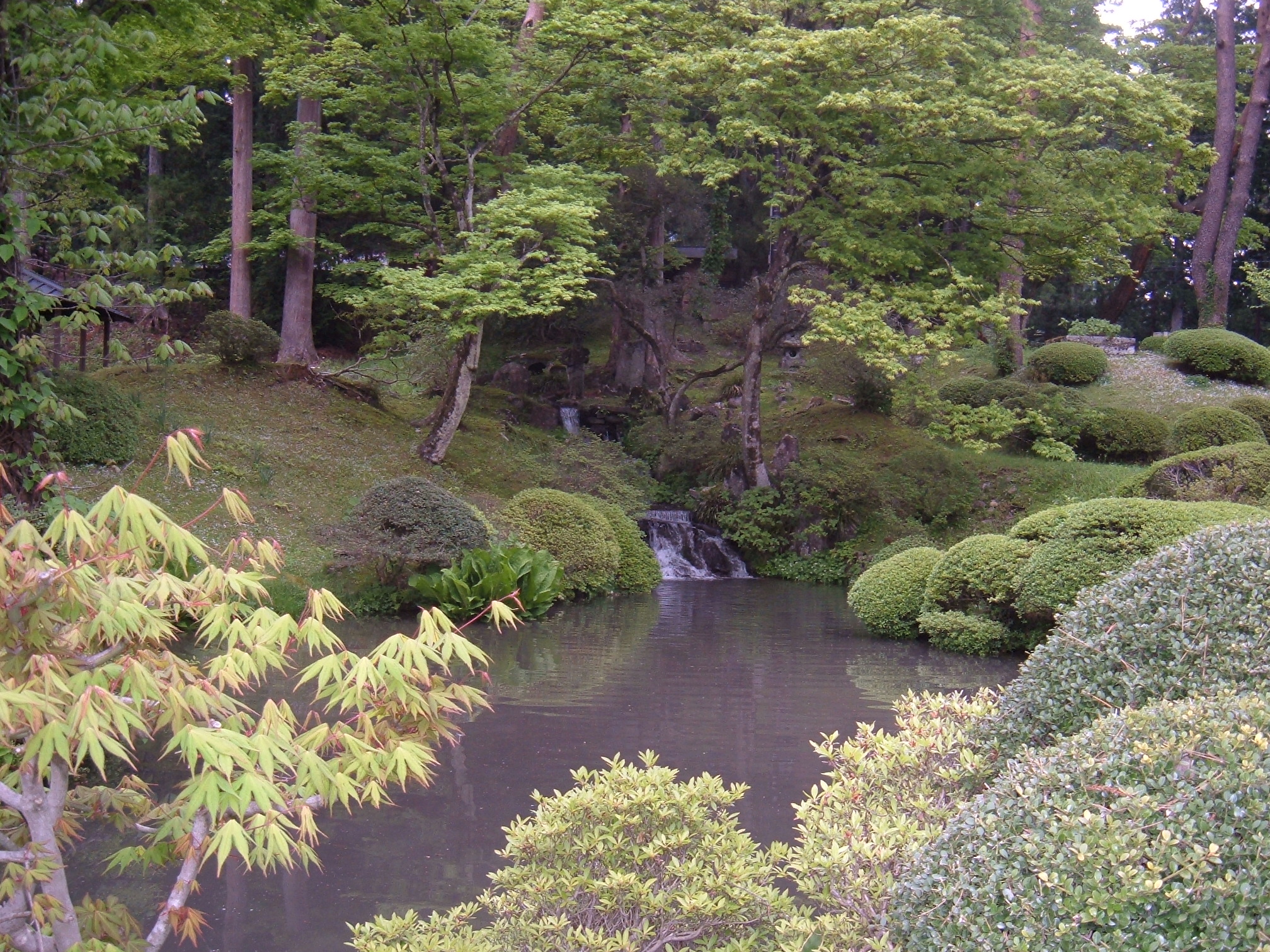If you are looking for some inspiration to see how you can fix up your yard this spring, you might want to see St. Tammany Parish Library’s collection of books on Japanese gardens.
One of the richest gardening traditions in the world comes from Japan. Japanese gardens evolved over the centuries combining Chinese gardens elements (like artificial islands in ponds) and native customs (such as the use of white gravel). Elaborate gardens developed around temples, estates, and (later) castles. Simpler gardens could be found in the courtyards behind townhouses and around teahouses. Typical Japanese garden types include kaiyushiki teian, or stroll gardens; karensansui (dry landscape) or stone gardens; roji or chaniwa (teahouse gardens), and tsuboniwa (courtyard gardens). Common to all Japanese gardens was the concept of miniaturization – the effort to replicate expansive natural landscapes, like mountains and seas, with rocks and ponds. Even the rock gardens of Buddhist temples sought to emulate the scenes of Chinese landscape paintings – the raked pebbles representing water. Japanese gardens avoid the symmetry found in formal gardens of European tradition, but instead present a aesthetic based on nature.
While Louisiana is a world away from Japan, the Botanical Gardens in New Orleans City Park, opens a new window is home to Yakumo Nihon Teian, named in honor of Koizumi Yakumo (Lafcadio Hearn). Elsewhere, Japanese-inspired gardens can be found at the Rip Van Winkle Gardens in New Iberia, opens a new window and at the Jungle Gardens in Avery Island, opens a new window.




Add a comment to: Books on Japanese gardens and gardening